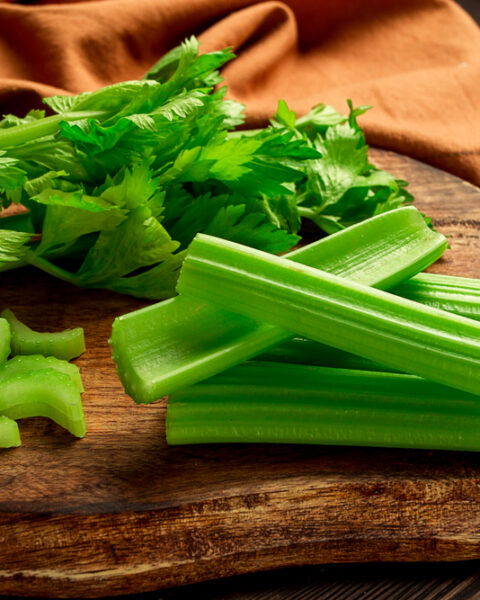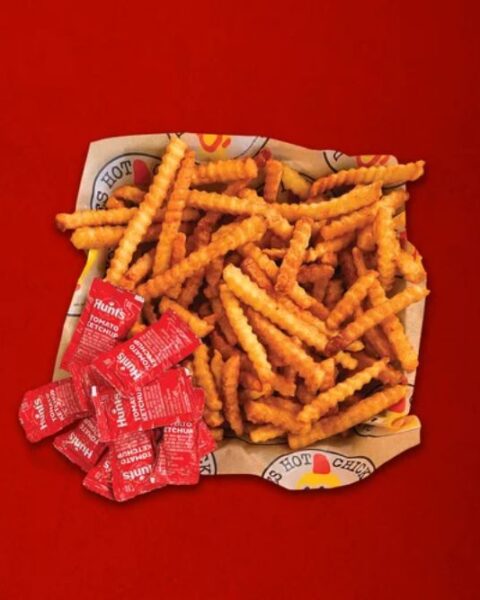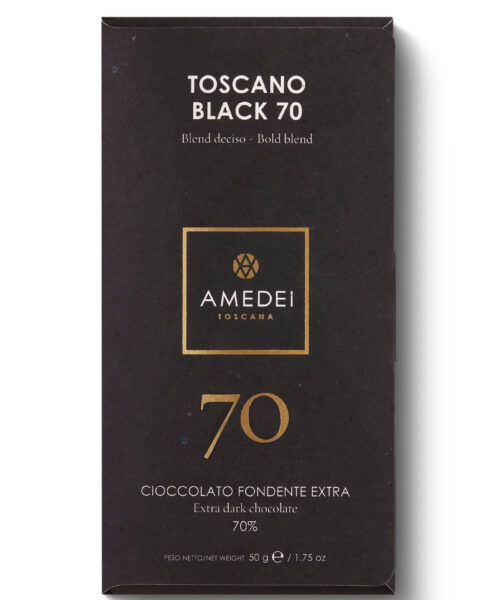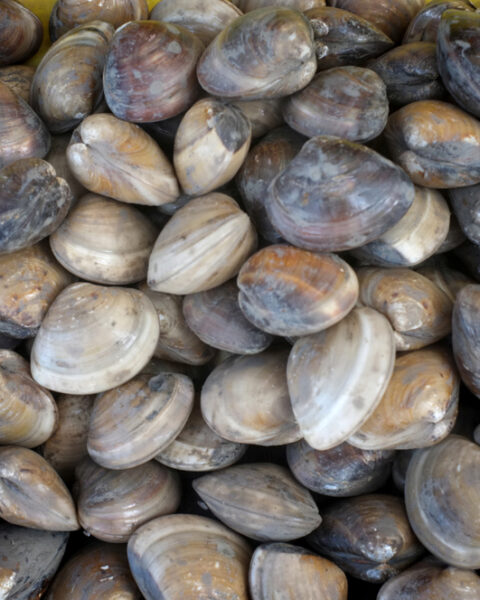Water conservation is crucial not only for reducing utility bills but also for promoting environmental sustainability. Many households use more water than necessary, leading to waste and unnecessary expenses. By implementing water-saving strategies, you can make a significant impact on your household’s water usage. Not only will you help preserve this precious resource, but you’ll also enjoy the financial benefits of lower utility bills.
Contents
- 1 Install Low-Flow Showerheads
- 2 Fix Leaky Faucets and Pipes
- 3 Use a Dishwasher Instead of Hand-Washing Dishes
- 4 Install a Dual-Flush Toilet
- 5 Collect Rainwater for Outdoor Use
- 6 Water Your Lawn Wisely
- 7 Shorten Your Showers
- 8 Insulate Your Water Pipes
- 9 Turn Off the Tap While Brushing Your Teeth
- 10 Install Faucet Aerators
- 11 Use a Broom Instead of a Hose for Outdoor Cleaning
- 12 Wash Full Loads of Laundry
- 13 Choose Native Plants for Your Garden
- 14 Cover Pools to Reduce Evaporation
- 15 More From RetailShout
- 16 18 Protein-Packed Breakfasts to Start Your Day Right
- 17 15 Classic Diner Meals That Bring Back Nostalgia
Install Low-Flow Showerheads
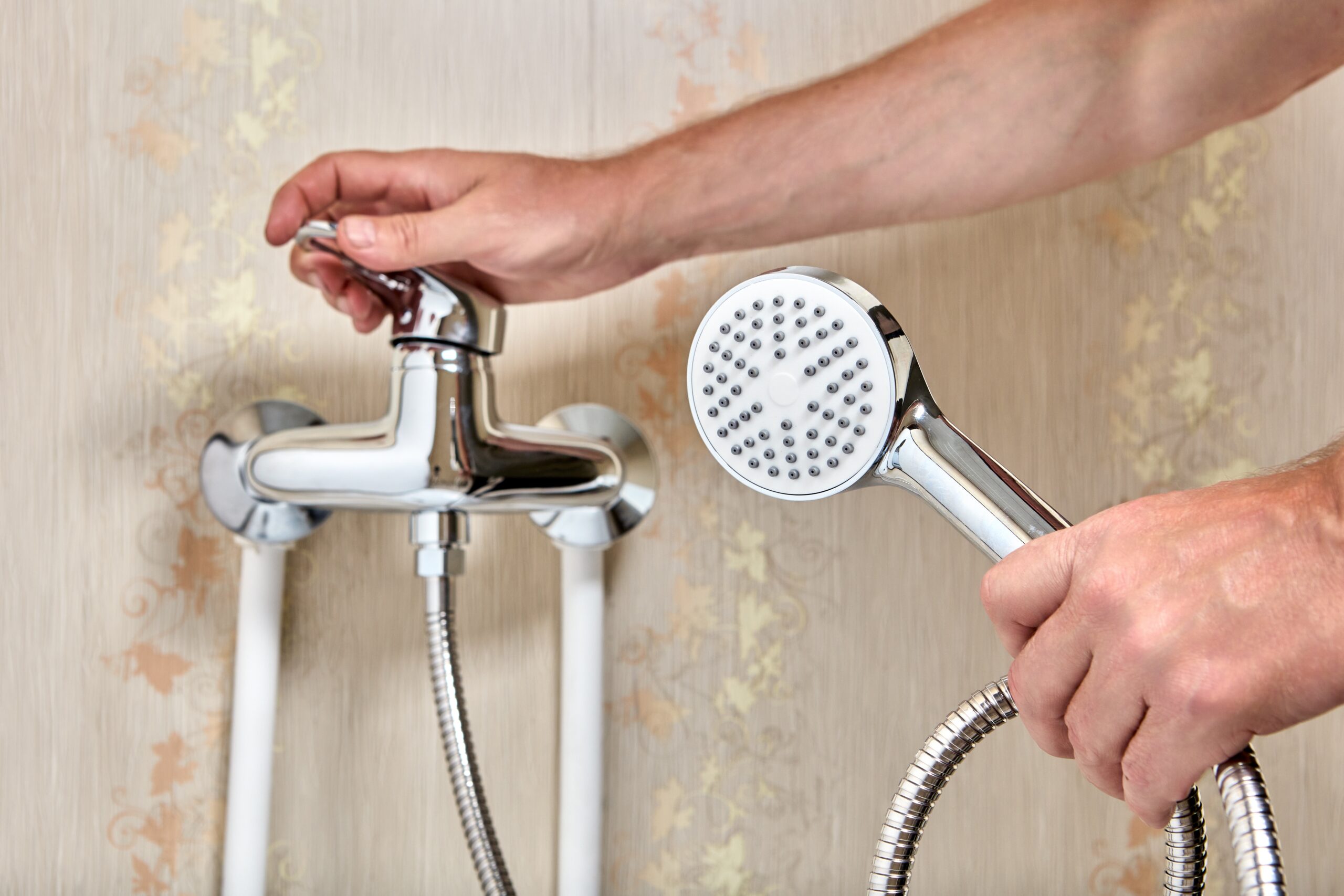
Switching to low-flow showerheads is one of the most effective ways to reduce water usage. Traditional showerheads can use up to 5 gallons of water per minute, while low-flow models can reduce this to as little as 2 gallons per minute. This simple change can save thousands of gallons of water per year for a typical household. Not only does this reduce your water bill, but it also decreases the energy needed to heat the water, offering additional savings. Installation is easy and can be done without the need for professional help.
Fix Leaky Faucets and Pipes
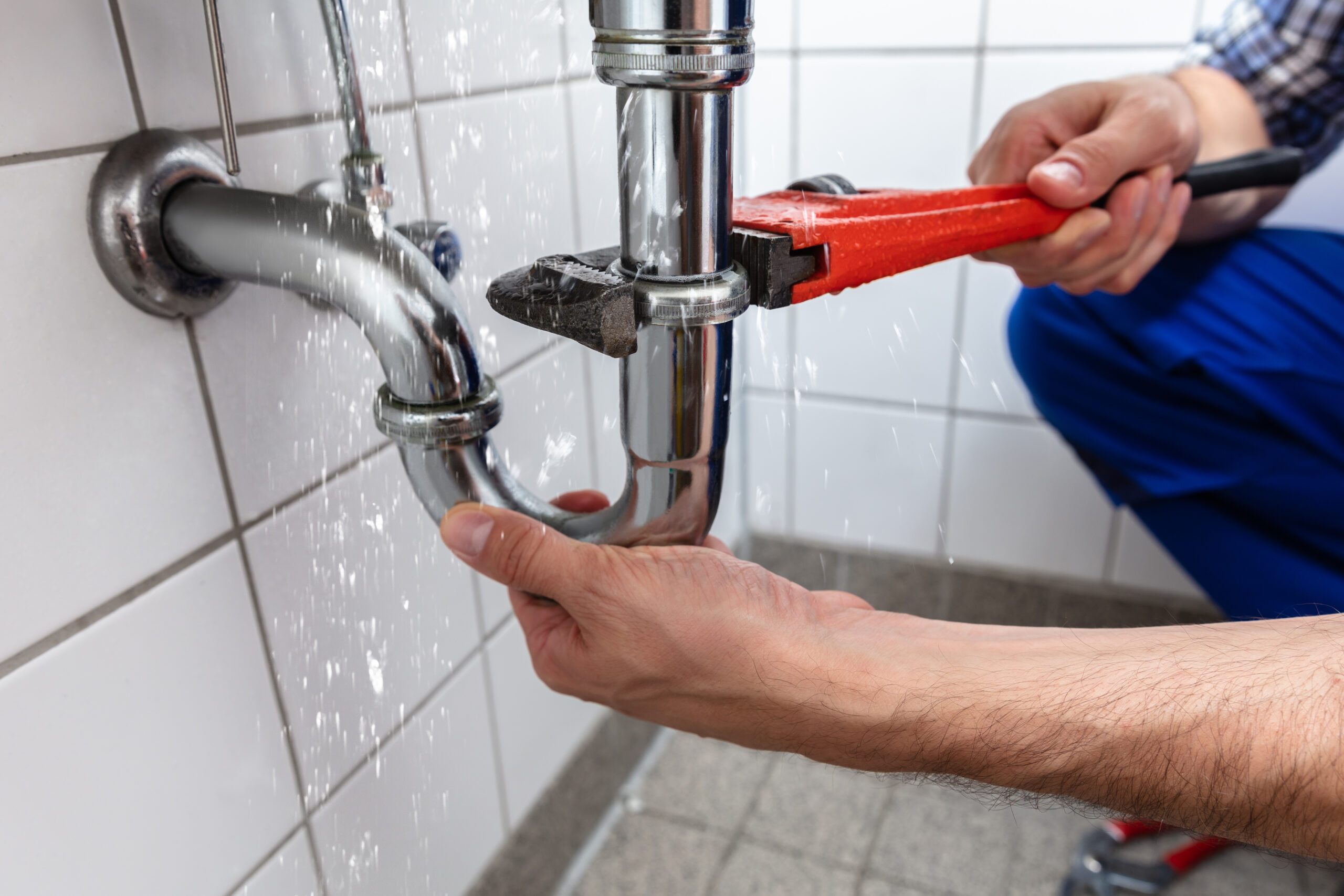
Leaky faucets and pipes might seem like minor issues, but they can lead to significant water waste over time. Even a small drip can waste hundreds of gallons of water annually. Regularly check your faucets, showerheads, and pipes for leaks and repair them immediately. Many leaks are easy to fix with a wrench or some plumber’s tape, and the savings on your water bill can be substantial. If you’re unsure how to fix a leak, consider hiring a professional to ensure the job is done correctly.
Use a Dishwasher Instead of Hand-Washing Dishes
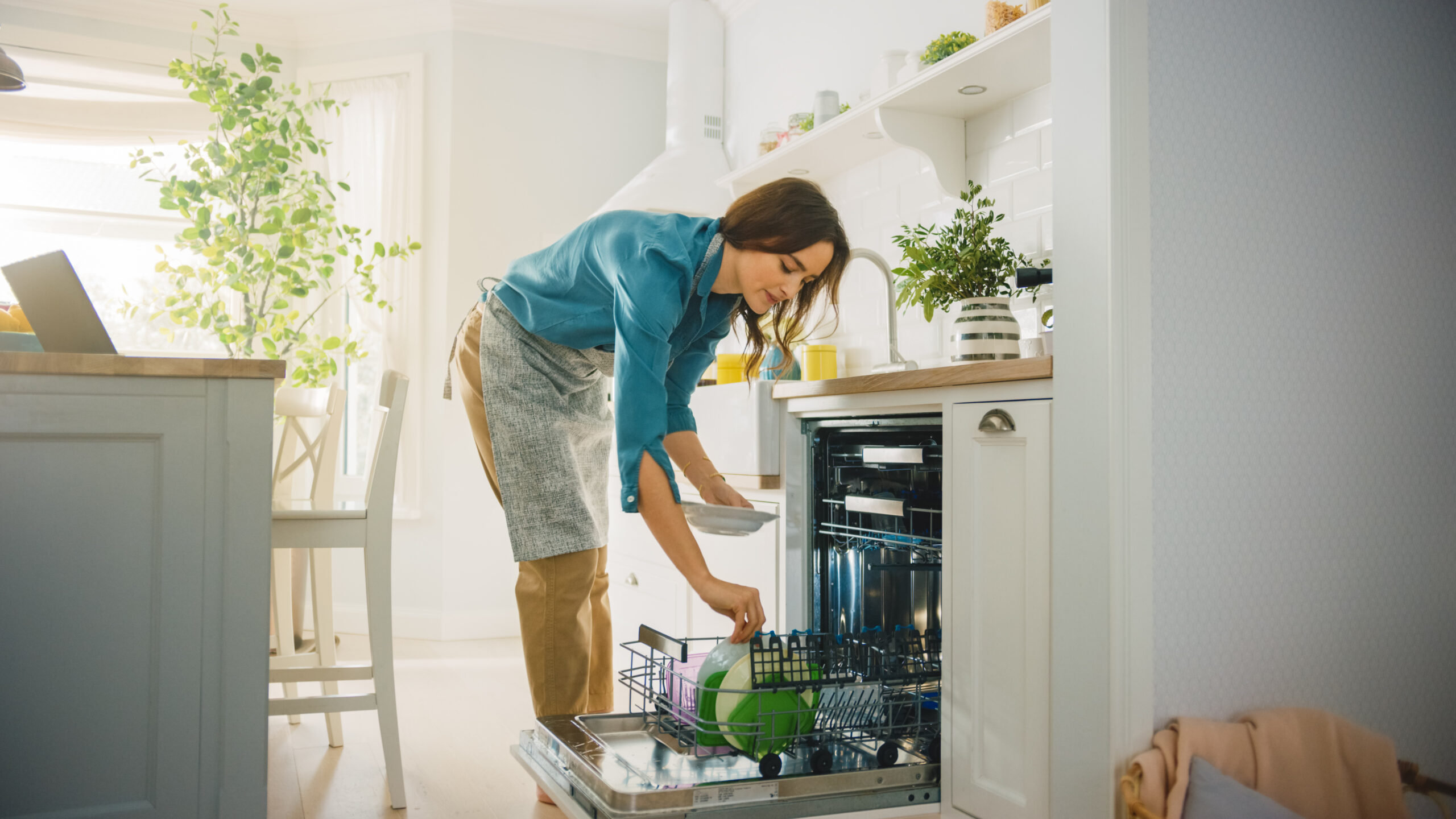
Surprisingly, using a dishwasher can save more water than hand-washing dishes. Modern dishwashers are designed to use water efficiently, often using less than 4 gallons per load compared to the 20 gallons that can be used when washing by hand. To maximize efficiency, only run your dishwasher when it’s fully loaded. Additionally, you can save even more water by skipping the pre-rinse and letting the dishwasher do the work.
Install a Dual-Flush Toilet
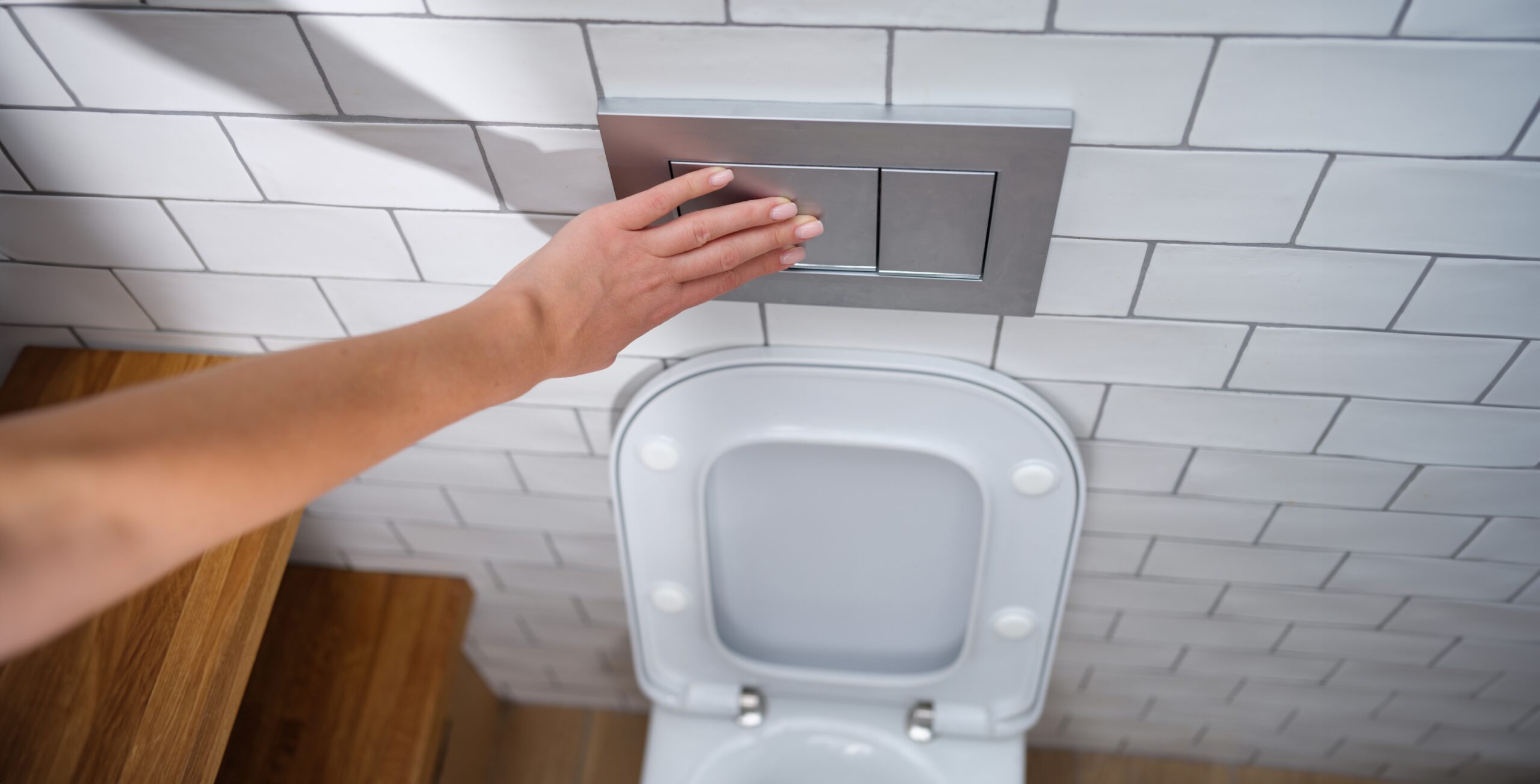
Toilets are one of the largest water users in a home, accounting for nearly 30% of indoor water usage. Installing a dual-flush toilet allows you to choose between a low flush for liquid waste and a full flush for solid waste. This can reduce water usage by over 60% compared to traditional toilets, which use the same amount of water for every flush. While the initial investment in a dual-flush toilet might be higher, the long-term savings on your water bill make it a worthwhile purchase.
Collect Rainwater for Outdoor Use
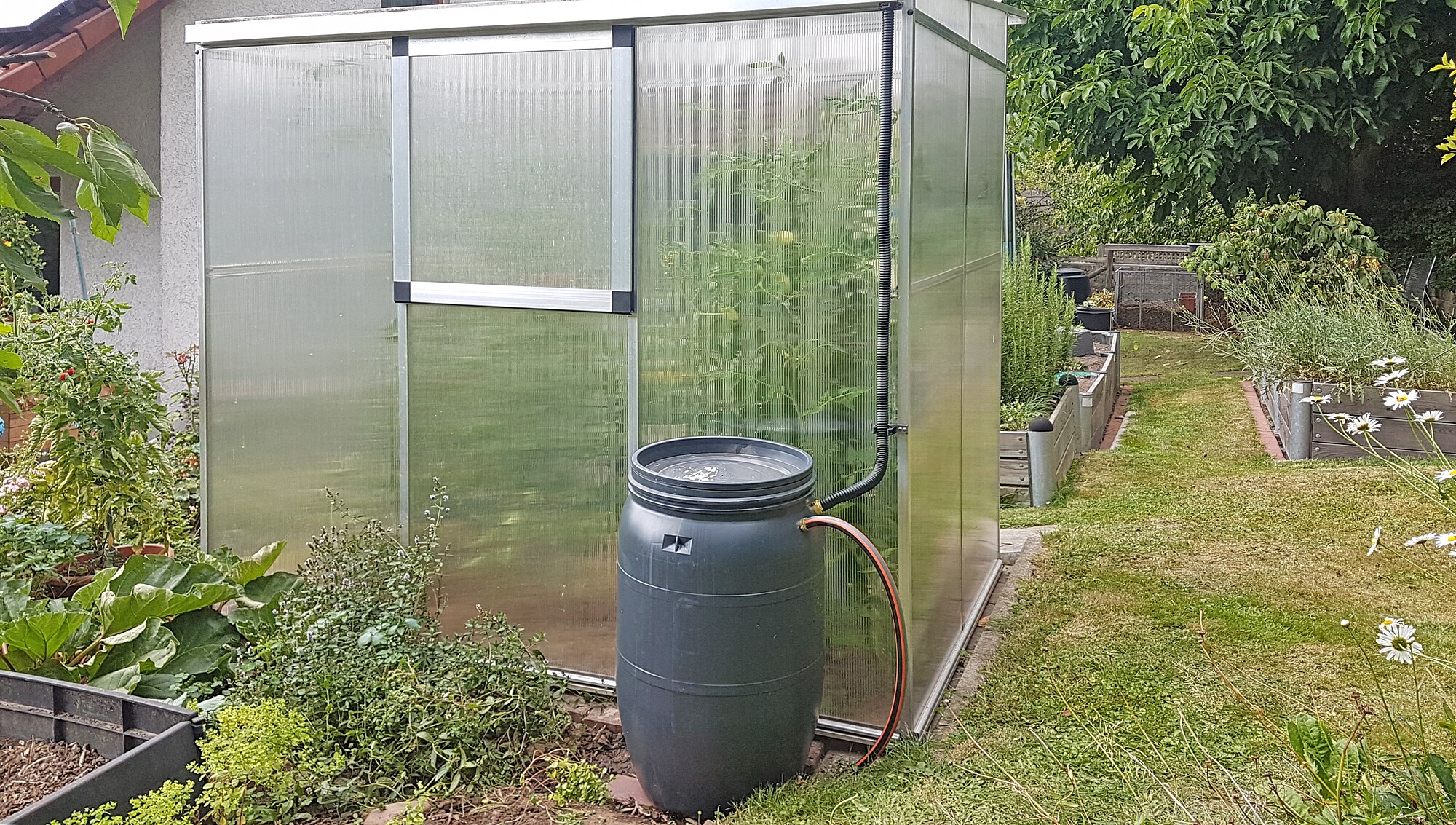
Collecting rainwater is a great way to reduce the amount of tap water you use for watering your garden or lawn. By setting up a rain barrel under your gutter downspout, you can collect hundreds of gallons of water during the rainy season. This water can be used to irrigate your plants, wash your car, or even flush your toilets. Not only does this save water, but it also reduces runoff, which can help prevent erosion and water pollution.
Water Your Lawn Wisely
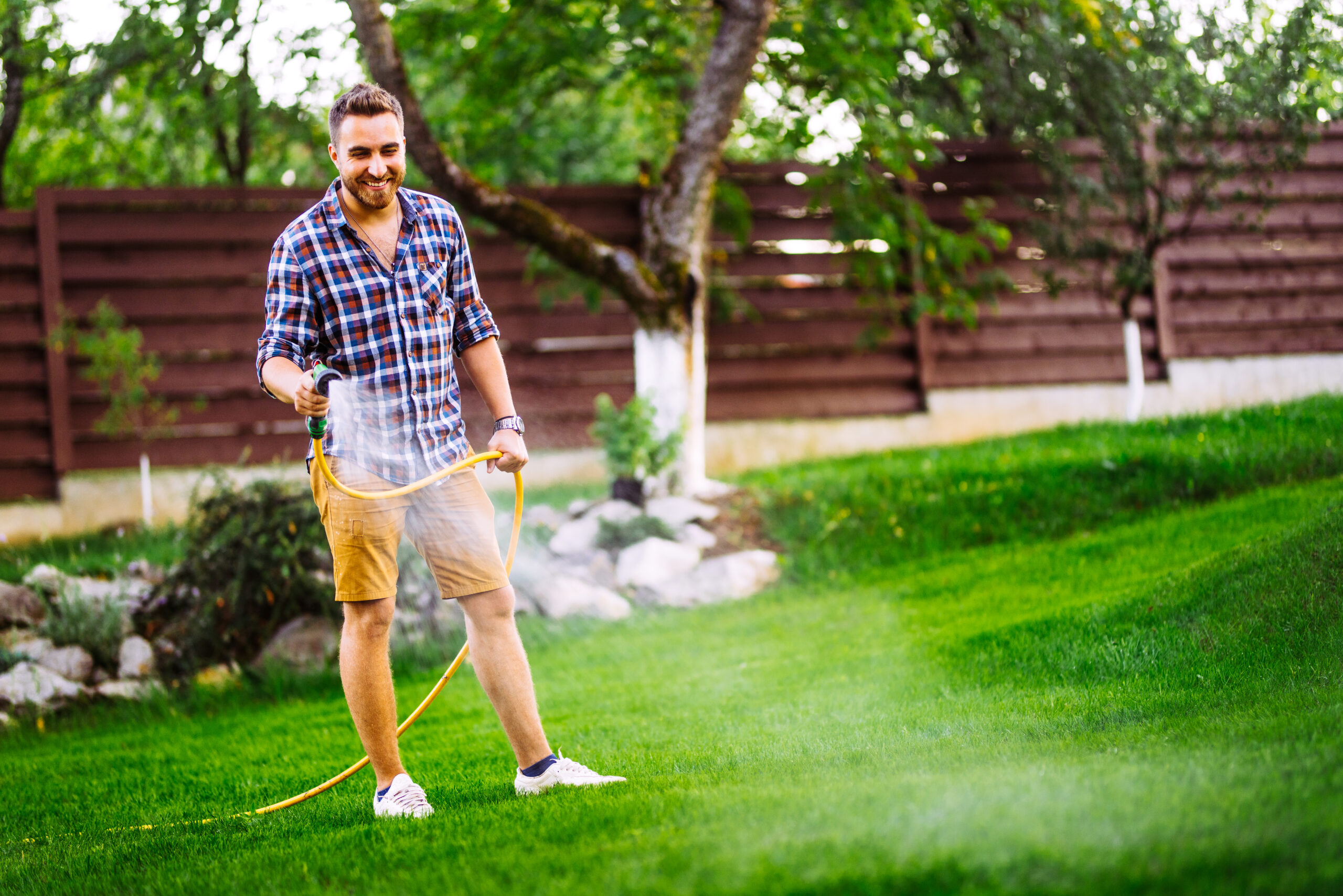
Overwatering your lawn can lead to significant water waste, especially during the hot summer months. To reduce water usage, water your lawn early in the morning or late in the evening when evaporation rates are lower. Additionally, consider using a soaker hose or drip irrigation system, which delivers water directly to the roots of your plants, minimizing evaporation. You can also reduce watering frequency by planting drought-resistant grass and native plants that require less water.
Shorten Your Showers
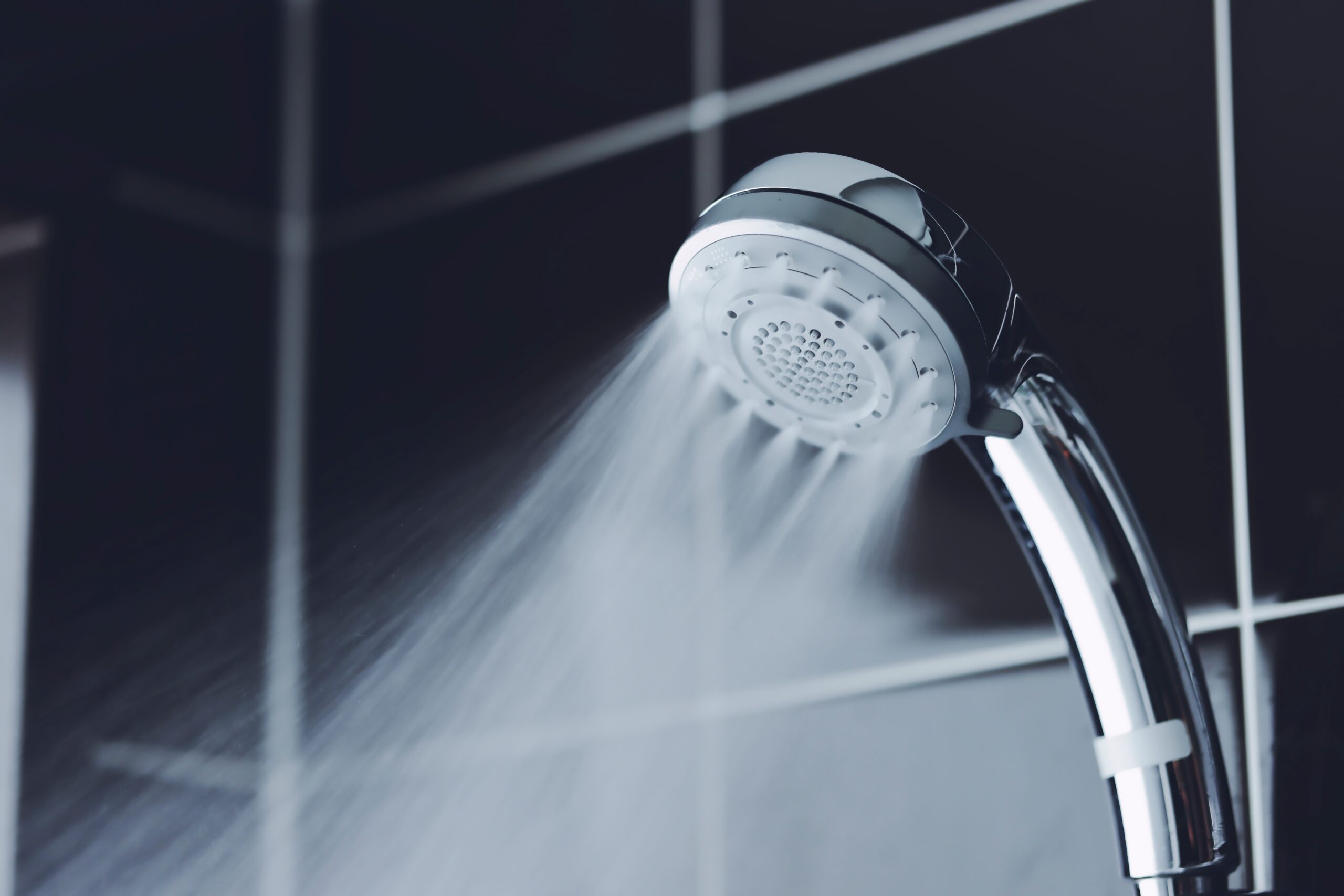
One of the simplest ways to reduce water usage is to take shorter showers. By cutting your shower time by just a few minutes, you can save several gallons of water each day. To make it easier, try using a shower timer or playing a short song to help you stay on track. Additionally, consider turning off the water while you lather up with soap or shampoo, then turning it back on to rinse off. These small changes can make a big difference in your overall water usage.
Insulate Your Water Pipes
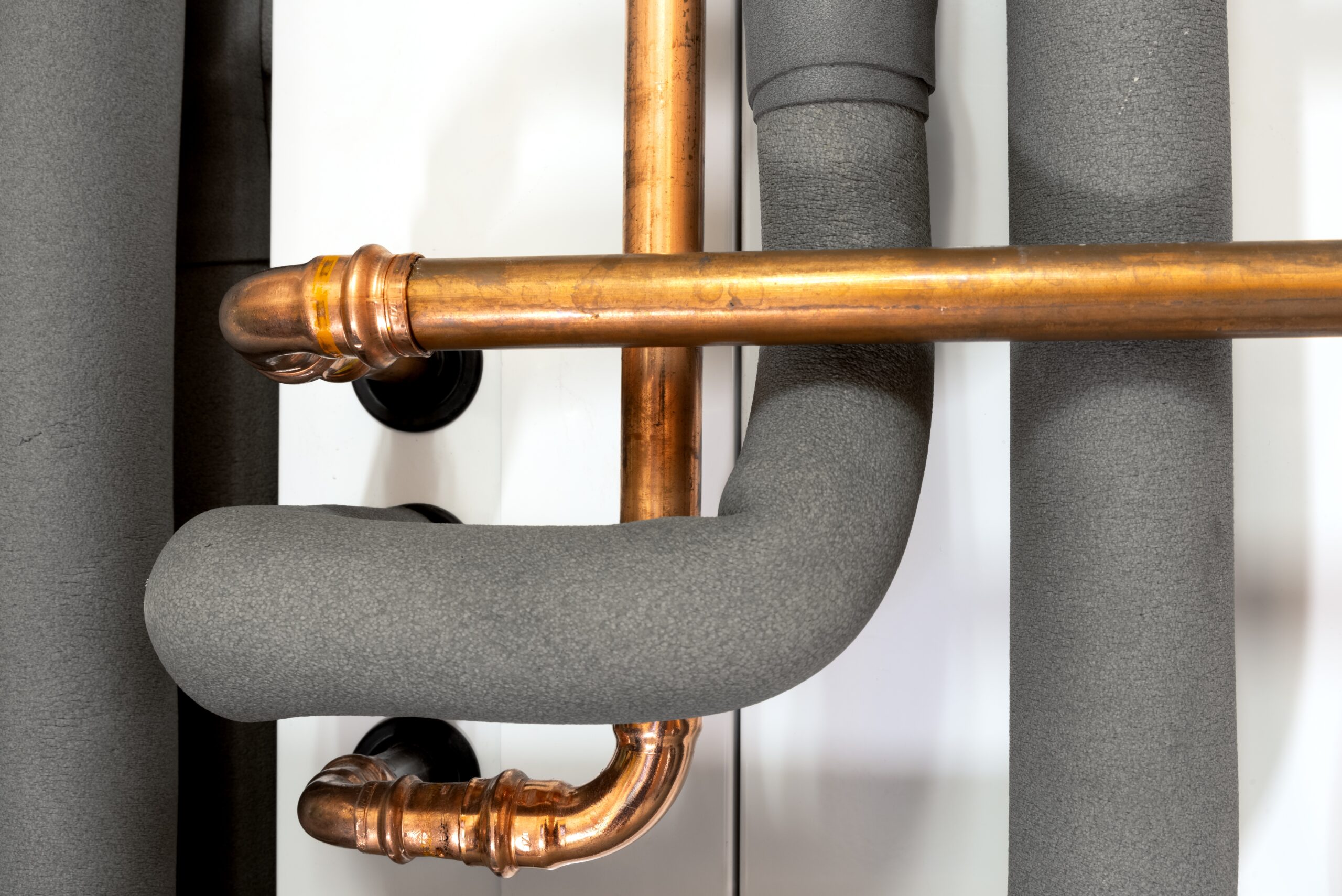
Insulating your water pipes helps to reduce the amount of water wasted while waiting for hot water to reach your faucets or shower. By keeping the water in the pipes warmer, you’ll spend less time running the tap, which can save a significant amount of water over time. Pipe insulation is relatively inexpensive and easy to install, making it a simple DIY project for most homeowners. In addition to saving water, insulated pipes also help to reduce energy costs by keeping the water temperature more consistent.
Turn Off the Tap While Brushing Your Teeth
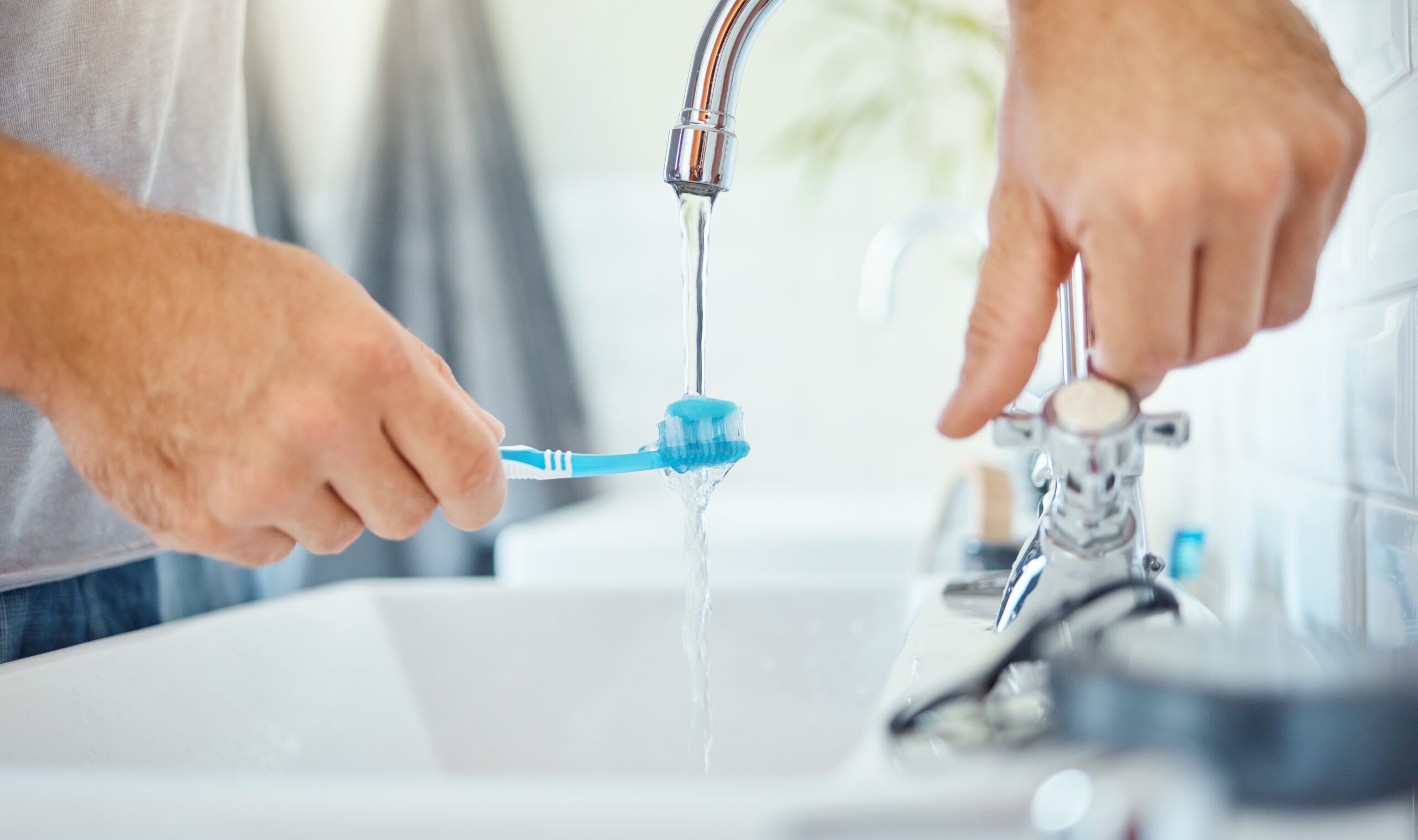
Leaving the tap running while brushing your teeth is a common habit that wastes a lot of water. Simply turning off the tap while brushing can save up to 200 gallons of water per month for a family of four. To further reduce water usage, consider using a cup of water to rinse your mouth instead of letting the tap run. This small change is easy to implement and can have a big impact on your overall water consumption.
Install Faucet Aerators
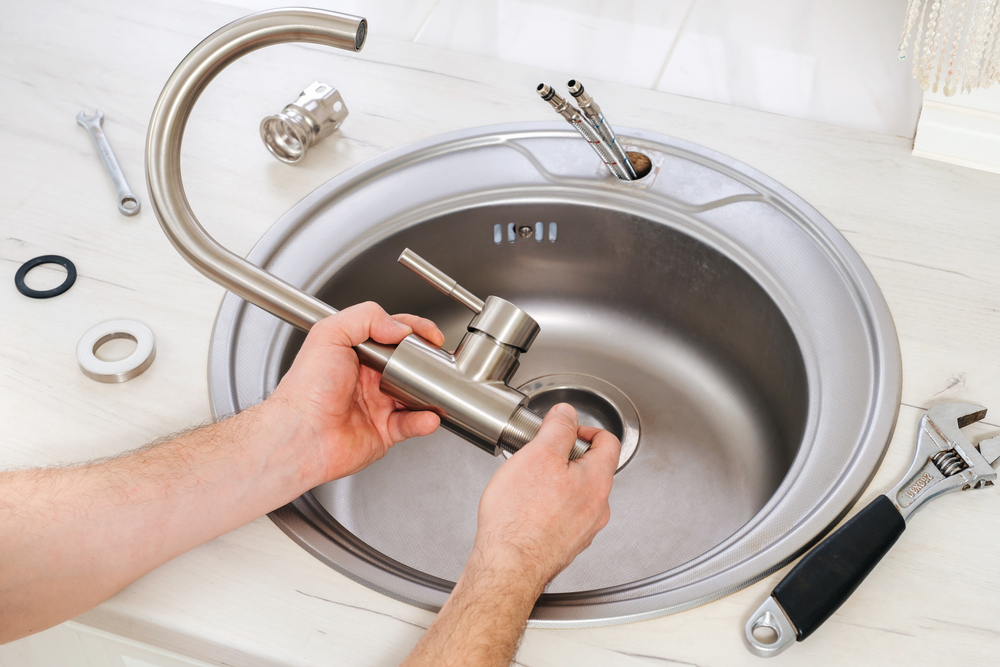
Faucet aerators are small attachments that screw onto the end of your faucets and reduce the flow of water while maintaining pressure. This simple device can reduce water flow by up to 50%, making it an easy and cost-effective way to conserve water. Aerators are particularly effective in the kitchen and bathroom, where water usage is typically high. They are inexpensive and easy to install, making them a great option for anyone looking to reduce their water usage without sacrificing functionality.
Use a Broom Instead of a Hose for Outdoor Cleaning
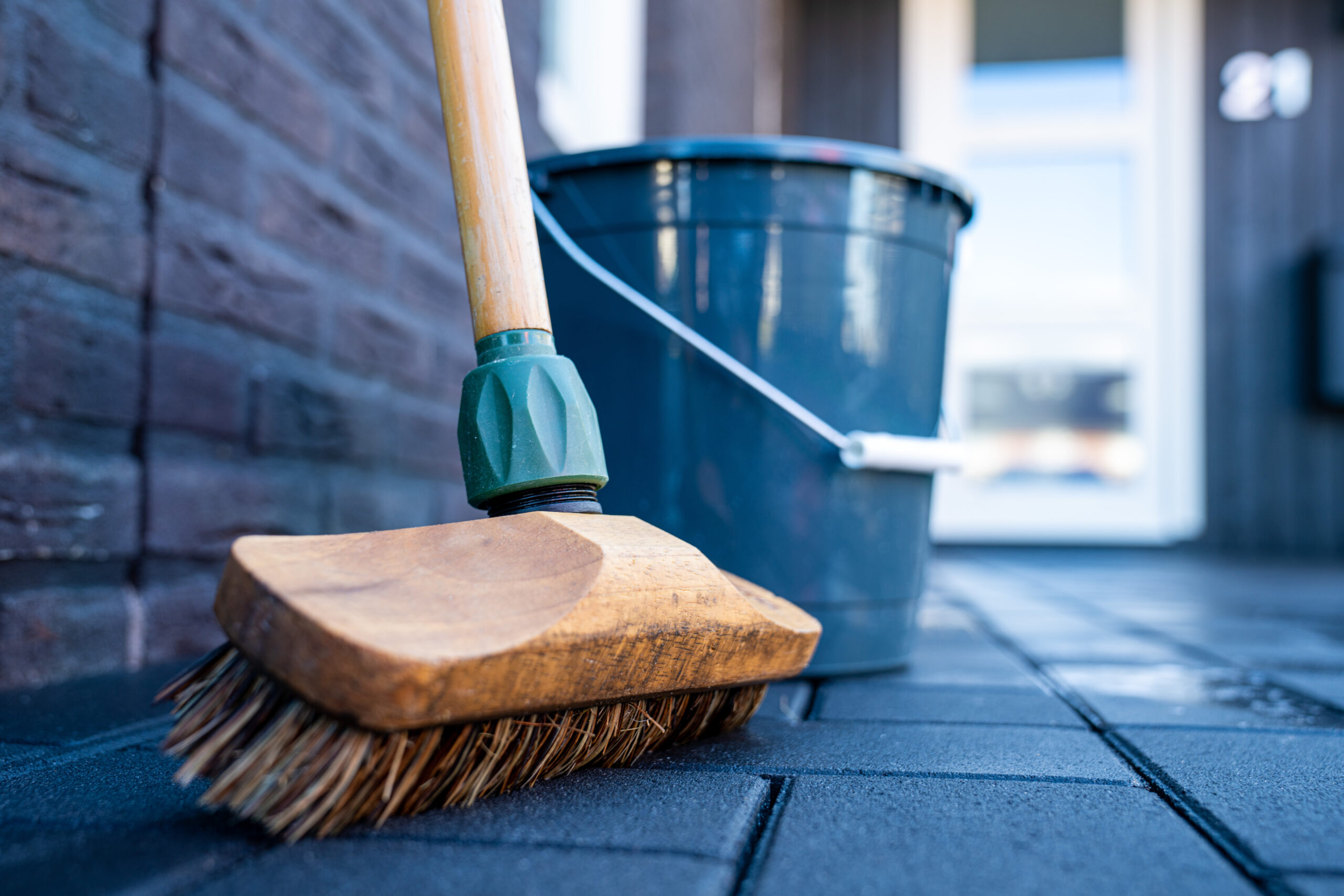
When cleaning outdoor areas like driveways, sidewalks, and patios, it’s common to use a hose to wash away dirt and debris. However, this can waste a significant amount of water. Instead, use a broom to sweep away debris, which not only saves water but also gets the job done just as effectively. If you do need to use water, consider using a bucket instead of a hose, which allows you to control the amount of water used more precisely.
Wash Full Loads of Laundry
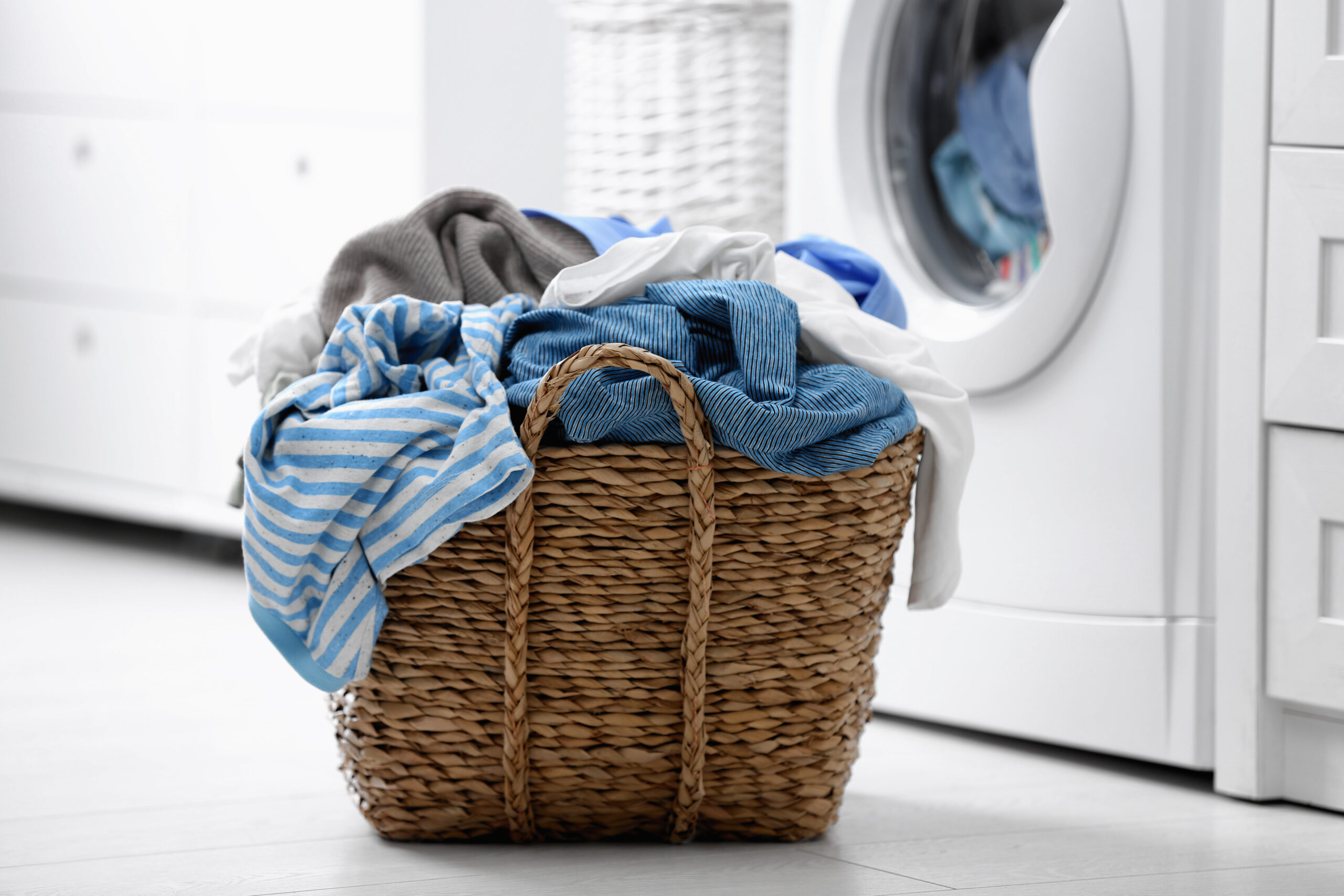
When doing laundry, it’s important to wait until you have a full load before running the washing machine. Running a half-empty machine uses the same amount of water as a full load, leading to unnecessary waste. By washing full loads, you can significantly reduce your water usage over time. Additionally, if your washing machine has a water level setting, be sure to adjust it to match the size of the load to further conserve water.
Choose Native Plants for Your Garden
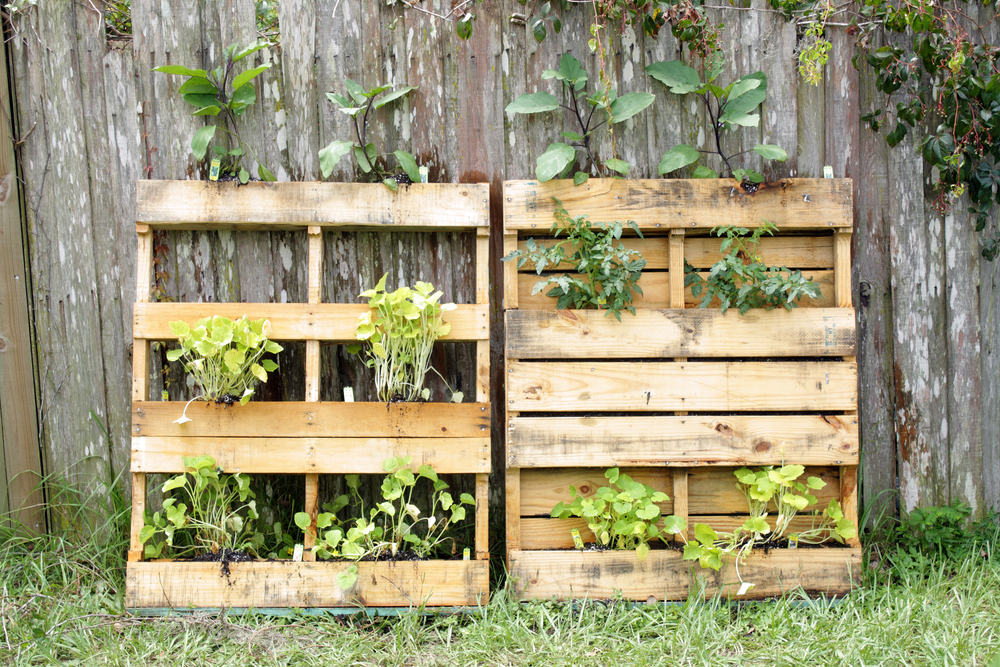
Planting native plants in your garden can drastically reduce the amount of water needed for irrigation. Native plants are adapted to the local climate and typically require less water, fertilizer, and maintenance compared to non-native species. They are also more resistant to local pests and diseases, which means they are easier to care for and more likely to thrive with minimal water. By creating a garden with native plants, you can enjoy a beautiful landscape while conserving water.
Cover Pools to Reduce Evaporation
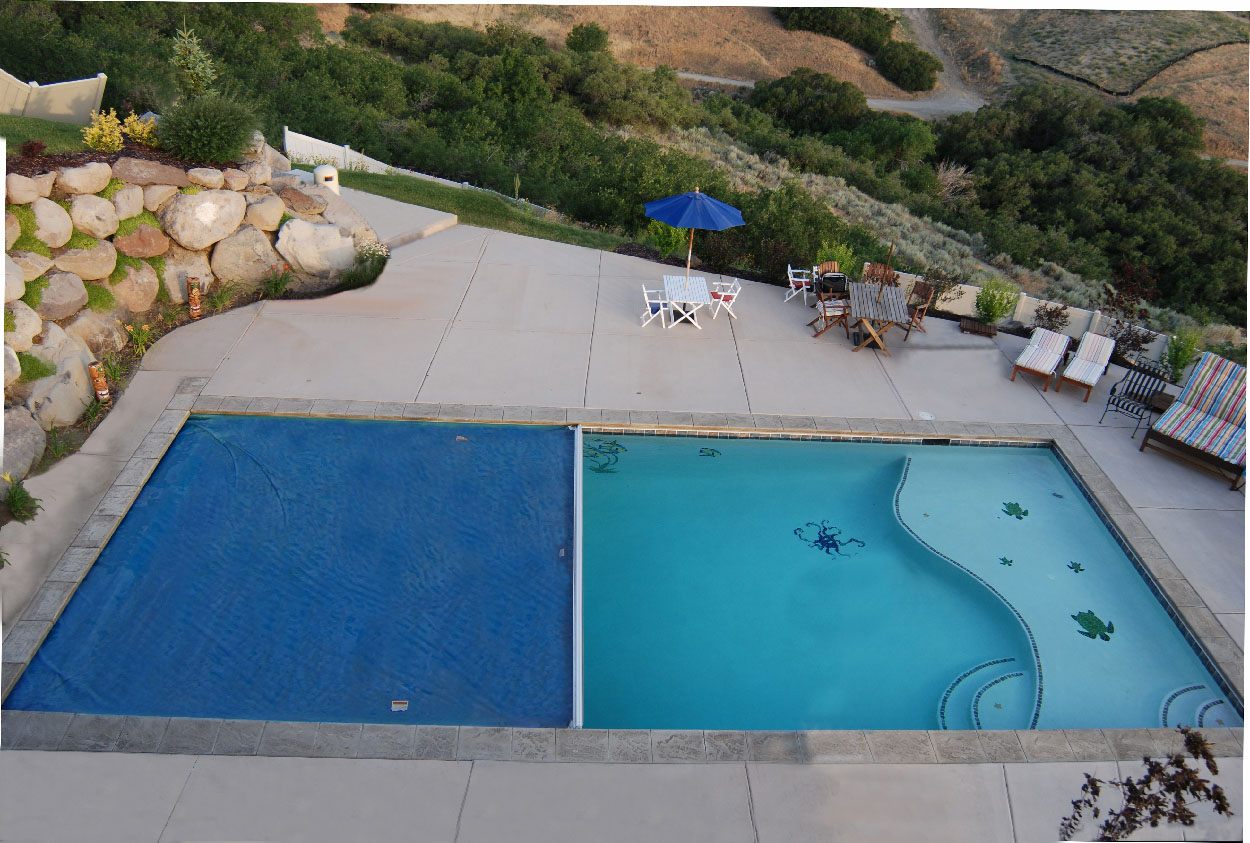
If you have a swimming pool, covering it when it’s not in use is an effective way to reduce water loss due to evaporation. An uncovered pool can lose up to 1,000 gallons of water per month through evaporation, especially during hot weather. Pool covers not only help to conserve water but also reduce the need for chemical treatments and heating, leading to additional savings. Invest in a high-quality cover to ensure maximum water conservation and protection for your pool.
This article originally appeared on RetailShout.
More From RetailShout
15 Old-School Casseroles That Still Hit the Spot
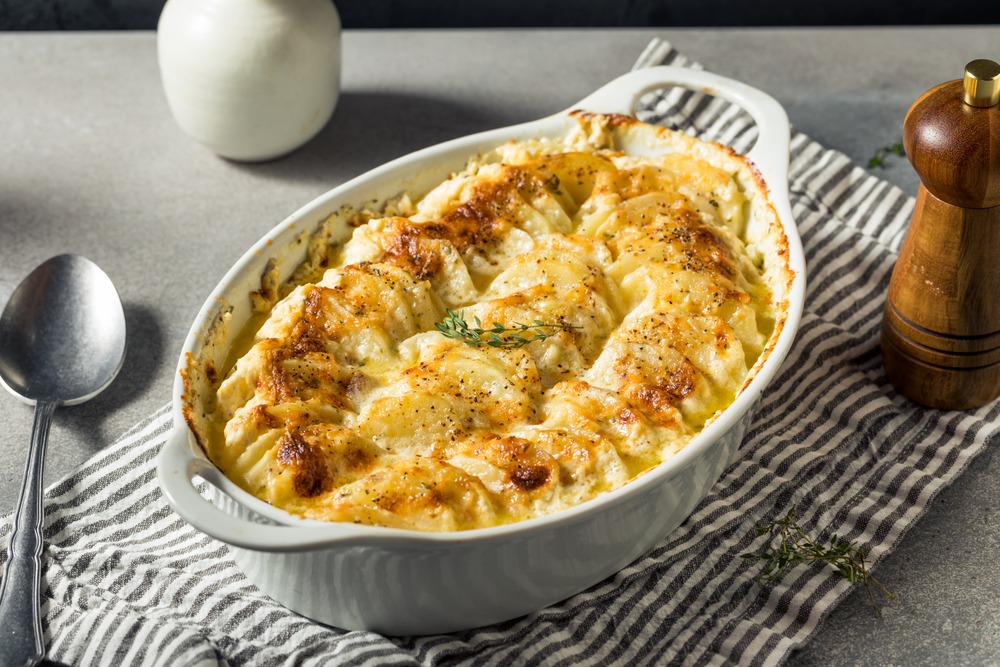
There’s something comforting about old-school casseroles that keeps them around through the years. Whether you’re craving a hearty dish or looking for a crowd-pleasing dinner idea, these classic casseroles hit the spot every time. Packed with simple ingredients and rich flavors, they’re easy to whip up and bring a sense of nostalgia to the dinner table. Read More
18 Protein-Packed Breakfasts to Start Your Day Right
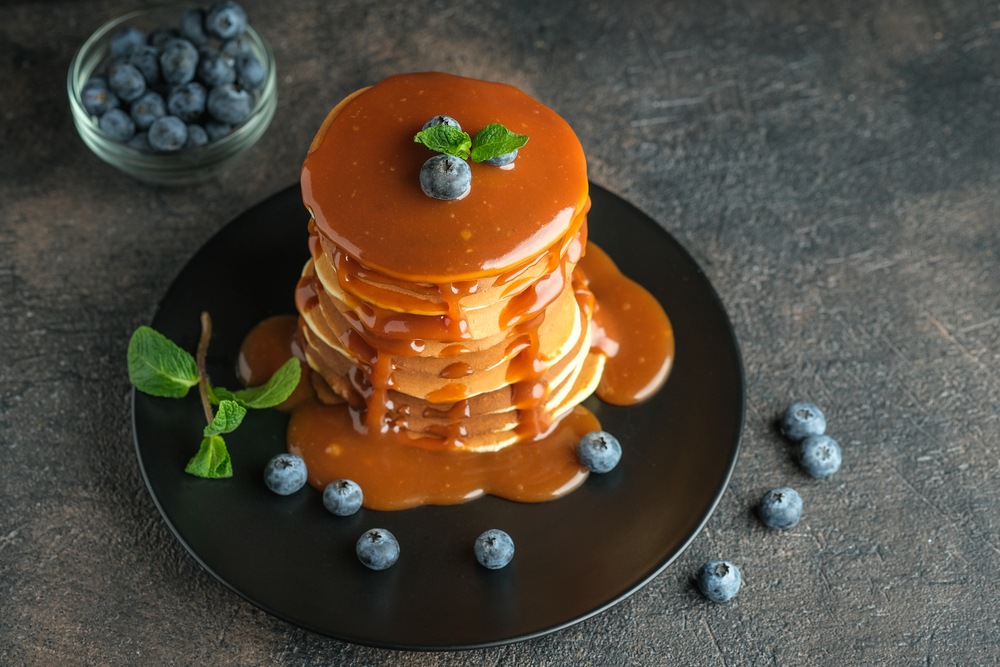
Starting your day with a protein-packed breakfast gives you the energy and focus you need to power through the morning. From easy-to-make egg dishes to creative smoothie bowls, each option is designed to be nutritious and simple to prepare. Read More.
15 Classic Diner Meals That Bring Back Nostalgia

Craving a bite of comfort food straight out of a classic diner? From crispy hash browns to hearty meatloaf, these diner staples bring a rush of nostalgia with every bite. Whether you’re reliving old memories or introducing these dishes to a new generation, these recipes are simple enough for anyone to make. Read More.


